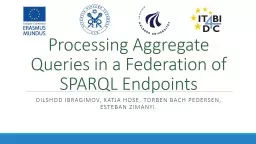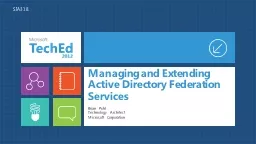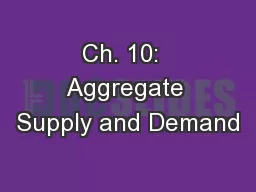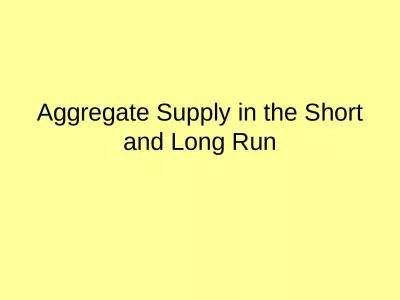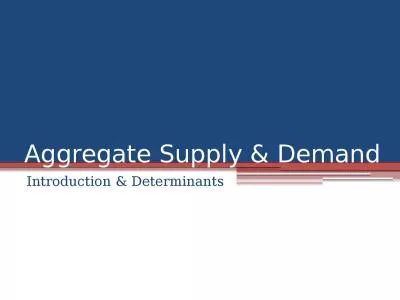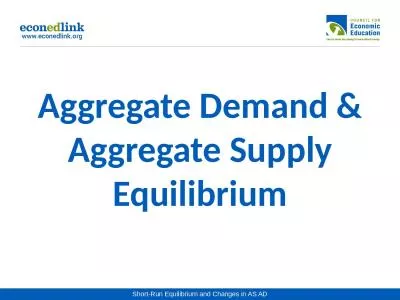PPT-Processing Aggregate Queries in a Federation of
Author : briana-ranney | Published Date : 2017-09-28
SPARQL Endpoints Dilshod IBRAGIMOV KATJA HOSE TORBEN BACH PEDERSEN ESTEBAN ZIM ÁNYI Earthquake in the Pacific in March 2011 tsunami a
Presentation Embed Code
Download Presentation
Download Presentation The PPT/PDF document "Processing Aggregate Queries in a Federa..." is the property of its rightful owner. Permission is granted to download and print the materials on this website for personal, non-commercial use only, and to display it on your personal computer provided you do not modify the materials and that you retain all copyright notices contained in the materials. By downloading content from our website, you accept the terms of this agreement.
Processing Aggregate Queries in a Federation of: Transcript
Download Rules Of Document
"Processing Aggregate Queries in a Federation of"The content belongs to its owner. You may download and print it for personal use, without modification, and keep all copyright notices. By downloading, you agree to these terms.
Related Documents

